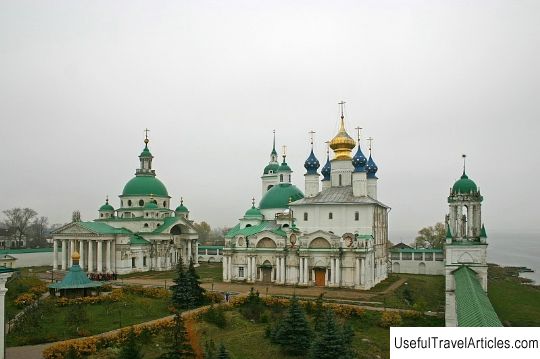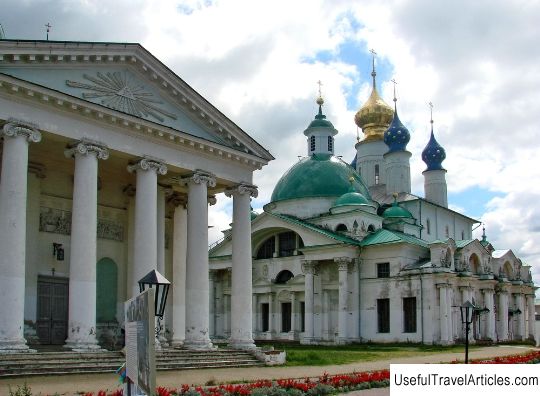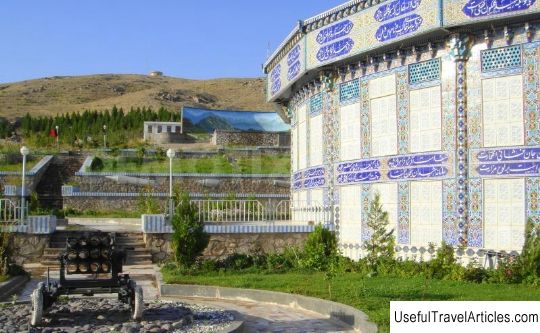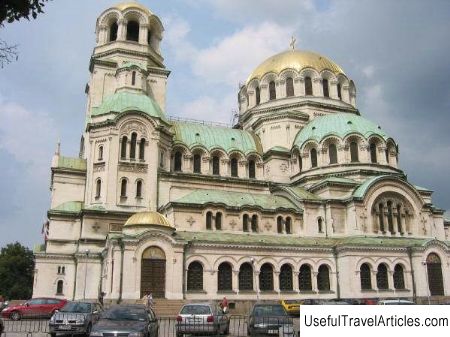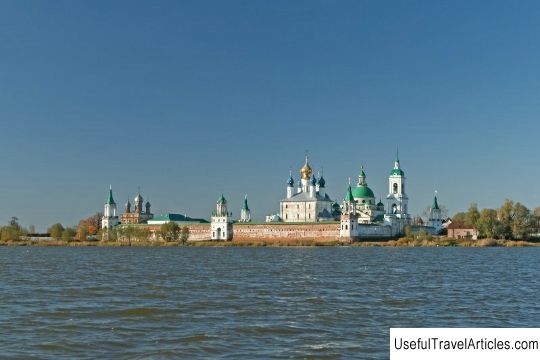Dimitrievsky Cathedral of the Spaso-Yakovlevsky Dimitriev Monastery description and photos - Russia - Golden Ring: Rostov the Great
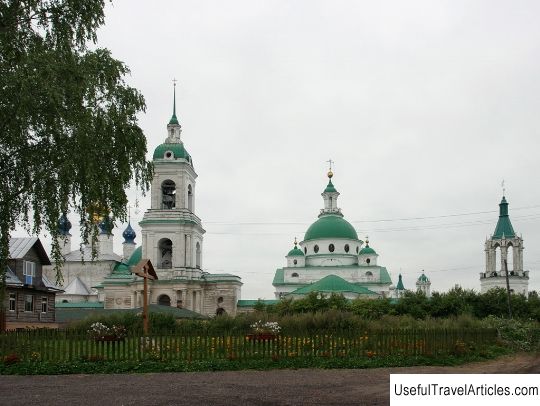
Dimitrievsky Cathedral of the Spaso-Yakovlevsky Dimitriev Monastery description and photos - Russia - Golden Ring: Rostov the Great. Detailed information about the attraction. Description, photos and a map showing the nearest significant objects. Photo and descriptionThe famous Dimitrievsky Cathedral is often called Sheremetyevsky Cathedral, because the name of its builder is Count N.P. Sheremetyev. It is important to note that the second builder of the cathedral was his son D.N. Sheremetyev, whose labors between 1869 and 1870 built a completely new iconostasis. At one time his son - Sheremetyev S.D. - made several large donations for the monastery. It is known that Count Nikolai Petrovich Sheremetyev spent 55 thousand rubles from his money directly on the construction of the temple and another 10 thousand rubles on its arrangement and interior decoration. The idea of creating the Dimitrievsky Cathedral on the territory of the Yakovlevsky Monastery appeared even at the time when the canonization of the saint took place. At the end of the 1770s - it was at this time that the southern wall was being erected at the monastery - Archimandrite Amphilochius decided to send a petition to the Synod for permission to build a cathedral in the name of St. Demetrius of Rostov. Initially, the Synod did not give permission, but the work of the archimandrite was nevertheless received, but only in 1794 - from that moment the construction of the cathedral began. The cathedral was erected between 1795 and 1801. Initially, the temple was built like a cold one, and only the side-altars were heated, in which numerous services were held throughout the year. The solemn ceremony of consecration of the Dimitrievsky Cathedral was held on October 27, 1801 by the former member of the Holy Synod, His Grace Archbishop Pavel of Rostov and Yaroslavl. As for the architectural content, the temple was built in the traditional classical style, according to the project of a talented architect from Moscow and serf architects named after Dushkin, Mironov and Sheremetyev. Dimitrievsky Cathedral was made pillarless; the huge dome rests on protruding pylons, which are decorated with two pairs of graceful pilasters made of white reconstituted marble. Due to the presence of large altar window openings in the cathedral, it is incredibly bright, while there are still high side and elongated drum windows. In front of the main entrance to the temple there is a refectory room equipped with vaulted ceilings resting on two massive square pillars. The refectory room has two chapels, which are consecrated in honor of St. Nicholas the Wonderworker and St. Dmitry Thessaloniki. Initially, the iconostases in the Dimitrievsky Cathedral were made of wood, but during the 1860s the iconostasis of the main church was replaced with a new one, made in the form of a luxurious triumphal arch made of artificial marble designed by the architect K.A. Dokuchievsky. The decoration of the temple was carried out with the help of stucco molding made by masters Zamaraev and Fochta. One of the most important sculptural images of the cathedral is the "Finding of the relics of St. Demetrius of Rostov", which is located on the pediment on the north side. The cathedral portico, as well as the altar itself, are furnished with powerful columns, equipped with capitals of the Gothic and Corinthian orders, decorated with the help of gables. There are niches in the space between the columns, in which are displayed plaster images of various saints and martyrs in full human growth. Almost the same images are found in the inner part of the pediments, while the wall surfaces in the niches and inside the pediments are painted with beautiful blue paint, which is why the sculptural images are clearly and clearly visible. Wall paintings are mostly represented by the works of the Rostov artist Porfiry Ryabov, dating back to the early 19th century. The central dome depicts the Holy Trinity, and the apostles are painted on the twelve oxen; on the sails there is an image of the Evangelists, on the wall surfaces - the martyr Alexander, St. Alexander Nevsky, the Monk Hilarion, St. Sergius of Radonezh; the pillars have images of St. Nicholas the Wonderworker, St. Leonty of Rostov,       We also recommend reading Belosaraysky ornithological reserve description and photos - Ukraine: Belosarayskaya spit Topic: Dimitrievsky Cathedral of the Spaso-Yakovlevsky Dimitriev Monastery description and photos - Russia - Golden Ring: Rostov the Great. |
